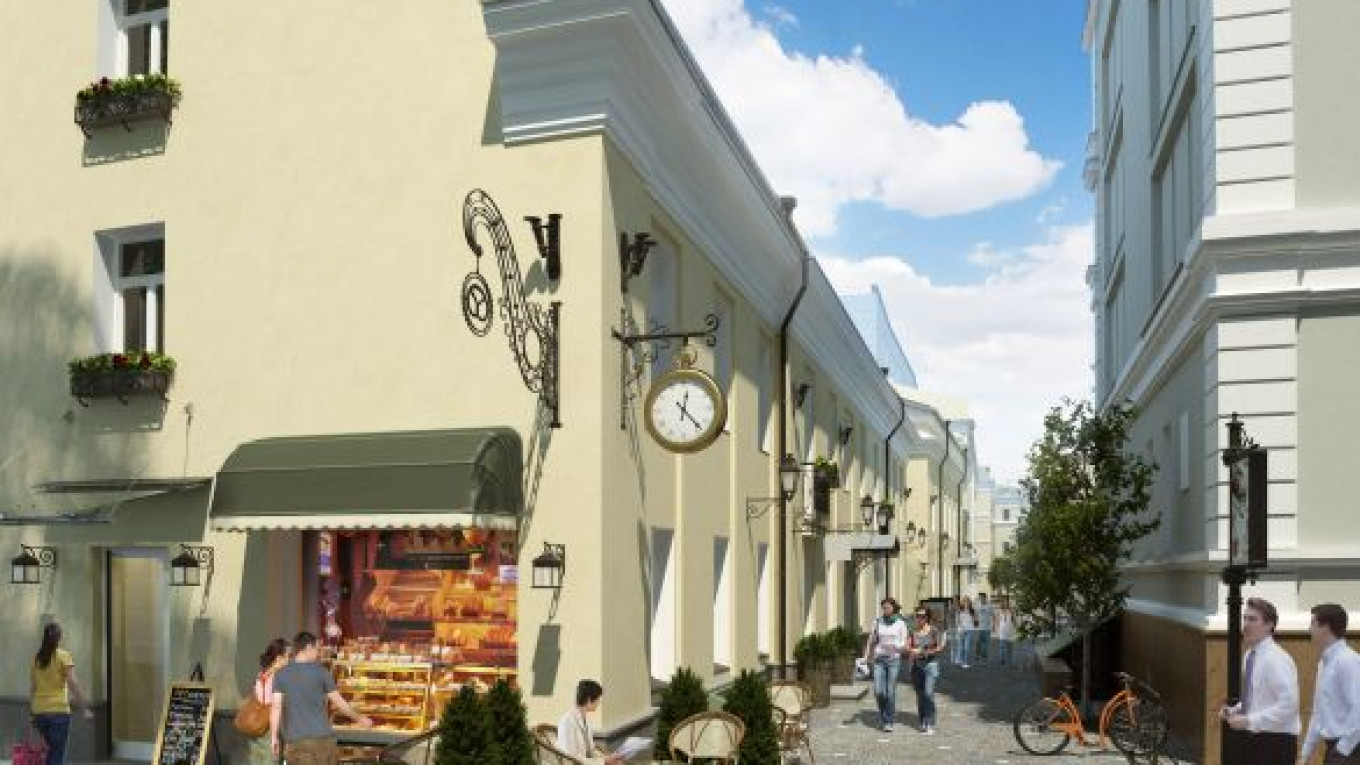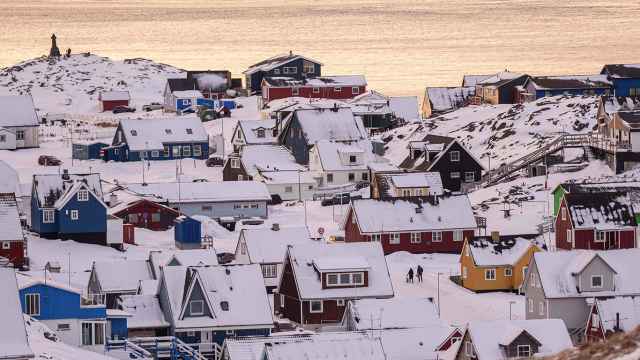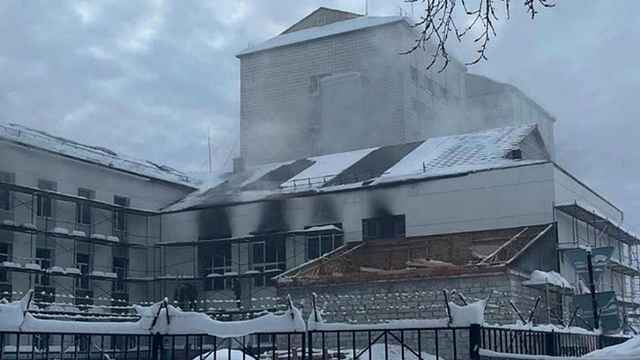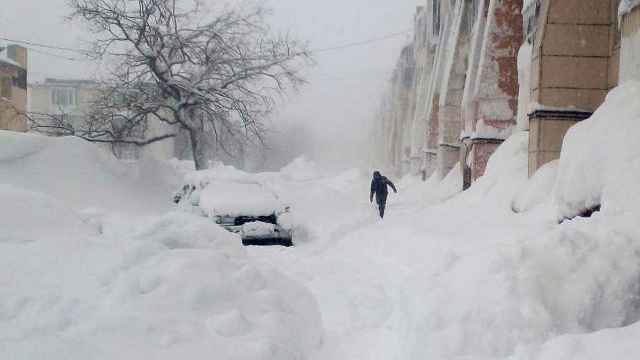In a city where traffic jams have taken over the streets and even sidewalks, any place where Muscovites could go without the fear of being mowed down by frustrated drivers would be welcome. And that is just what they got recently.
International developer RD Group and Luxembourg-based Moscow Construction and Development are creating a pedestrian zone, dubbed Kvartal 41 or Romanov Lane, in the streets between Romanov Pereulok and Mokhovaya Ulitsa, just 500 meters off the Kremlin. The investors hope that the zone will become a major draw for visitors and a quaint retail hub.
"Imagine a small cafe where it is so pleasant to have a cup of coffee after work … then one can have a slow walk, come to a bar or a restaurant and enjoy a glass of good wine," said Dominique Fontaine, head of Moscow Construction and Development. "I want Romanov Lane to be exactly such a place — the center of social attraction that would combine the dynamics of a big city and true European coziness."
This project boosts Moscow's count of pedestrian streets to eight. Other streets include Arbat and Kuznetsky Most, among others, but notably their total length does not exceed five kilometers.
Kvartal 41 has some historical buildings and university facilities as well as many offices and a movie theater. The old buildings were in ruins, so the first task for the investors when they started working on this project in 2011 was to renovate the buildings. The companies finished work on the first two buildings in December 2012, and plan to complete all work by 2015.
To make the design, experts studied the best examples of pedestrian streets around the world and took Luxembourg's Grand Rue as a basis for the plan, Fontaine said.
The designers working on the concept first considered making Kvartal 41 a street full of jewelry shops, banks or even wedding boutiques, but ultimately settled on having a grocery store row. Once completed, the area will have European restaurants, cafes, butcher shops, wine and chocolate boutiques, kitchen good stores and culinary schools, as well as 40 premium-class apartments for rent.
Fontaine did not say they would limit which retailers can set up in the area. But he specified that if they do collaborate with any chain stores or restaurants, they would be asked to build their facades in harmony with the zone's historic atmosphere.
Viktoria Kamlyuk, head of street retail at Knight Frank, classified the project as a positive development for the city because it aims to turn a rundown place into an authentically pleasing retail hub, and would likely be a profitable endeavor for the developers.
"Street retail in Russia is a completely unsystematic market. Anybody who puts some thought into their project is already ahead of the others," Kamlyuk said.
The fact that it's a pedestrian zone won't be the decisive factor for drawing for retailers, Kamlyuk added. Some retailers might prefer to have their shops near intersections or quiet residential streets, depending on the type of products they sell. But the proximity to the Kremlin and the European atmosphere of Kvartal 41 will be enticing to specific merchants.
One of the key draws could also be Moscow Construction and Development's plan to heat the asphalt, roofs and gutters so that there is no snow or icicles scaring off visitors in the wintertime.
"We are always voicing our admiration for Europe," Kamlyuk said. "[The heated streets] will draw in people because they would bring the street closer to European standards."
However, Kamlyuk added that she is not sure how commercially viable it would be to heat the area.
Kvartal 41 is just one of the many recent efforts to spruce up Moscow streets, such as the ongoing efforts to turn the area near the Baumanskaya metro station into an artistic district called ArtKvartal. The city government announced earlier that it wants to increase the number of pedestrian streets to 19.
"With every passing year the capital is becoming more and more European. It's the course towards increasing and extending pedestrian areas and social spaces," Fontaine said of the more favorable municipal policy. "I think that is a factor which obviously brings some positive prospects for us as investors."
Contact the author at [email protected]
Related articles:
A Message from The Moscow Times:
Dear readers,
We are facing unprecedented challenges. Russia's Prosecutor General's Office has designated The Moscow Times as an "undesirable" organization, criminalizing our work and putting our staff at risk of prosecution. This follows our earlier unjust labeling as a "foreign agent."
These actions are direct attempts to silence independent journalism in Russia. The authorities claim our work "discredits the decisions of the Russian leadership." We see things differently: we strive to provide accurate, unbiased reporting on Russia.
We, the journalists of The Moscow Times, refuse to be silenced. But to continue our work, we need your help.
Your support, no matter how small, makes a world of difference. If you can, please support us monthly starting from just $2. It's quick to set up, and every contribution makes a significant impact.
By supporting The Moscow Times, you're defending open, independent journalism in the face of repression. Thank you for standing with us.
Remind me later.






